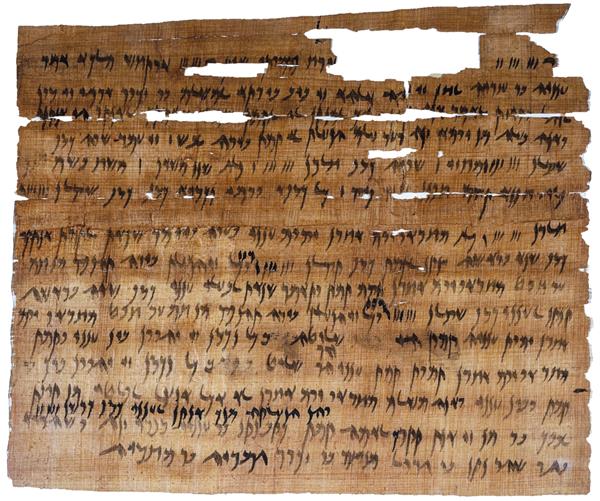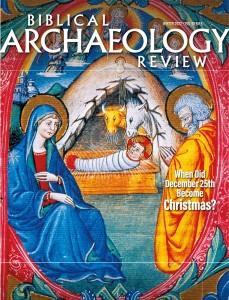Epistles: Wedding Bells in Galilee?

When Joseph and Mary were engaged and then married, the process was far from the modern, Western custom. In the West, we usually have a courtship followed by a proposal of marriage (in Hallmark movies, always by the man on one knee). This is followed by a brief engagement period that has no legal status but only a certain social recognition of the couple’s intentions. A few months later, the couple has a wedding that legalizes their relationship. In first-century Galilee, however, there was a more formal socio-legal process.1
We have a rather full accounting in the Mishnah (the Jewish legal text), in the tractate Ketubbot (“marriage documents”), of the process for marriage in the second century C.E. In the first place, the prospective bride and groom did not choose each other; the parents chose for them. In the Mishnah, as well as in the writings of the Jewish historian Josephus, the whole thing is a business transaction. The Mishnah indicates that there were three ways for a man to “acquire” a bride: by oral agreement, by written document, and by the couple entering a room together (Qiddushin 1:1; Ketubbot 4:4).
Already a library member? Log in here.
Institution user? Log in with your IP address.

